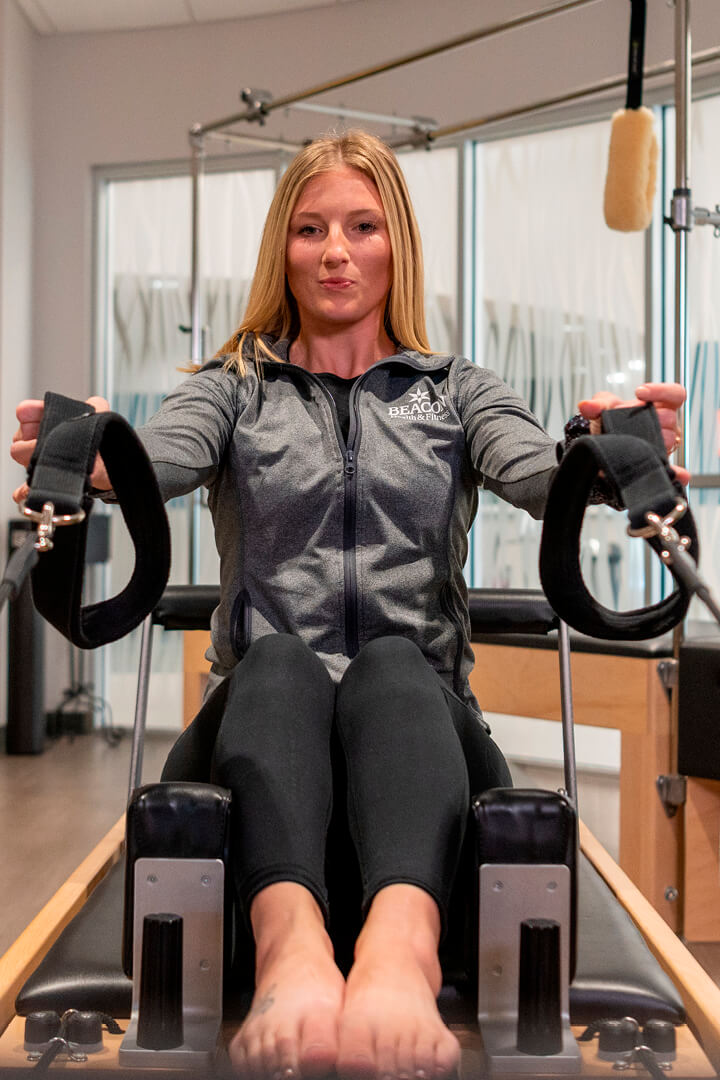[vc_row css_animation=”” row_type=”row” use_row_as_full_screen_section=”no” type=”full_width” angled_section=”no” text_align=”left” background_image_as_pattern=”without_pattern”][vc_column][vc_column_text]I often meet with members whom identify weight loss as their primary health and fitness goal. When discussing their plan to achieve this goal, they often reference cardio and diet modifications but stay clear of including strength training as part of their program. Many suggest that they must first “get in shape” before embarking on a strength training program. This idea that you must first be “fit” to strength train is contradictory to its well-established benefits. To fully understand its place in a weight loss paradigm, we must first explore its meaning.
As defined by the American College of Sports Medicine (ACSM), strength training (or resistance training) “is a form of physical activity that is designed to improve muscular fitness by exercising a muscle or a muscle group against external resistance”. The external resistance can come in the form of a dumbbell, barbell, medicine ball, resistance band, or even your body weight against gravity. The resistance placed on a muscle, or group of muscles, elicits an adaptation in the form of size and strength. With these adaptations come the following benefits (Mayo Clinic):
- Weight loss/management – increased muscle mass burns more calories at rest.
- Enhanced quality of life – improvements in your overall muscle strength and endurance makes it easier to complete everyday tasks and be more active.
- Stronger bones – the stress placed on bones while strength training stimulates the bone-building process which improves bone density and reduces the risk of developing osteoporosis.
With that said, resistance training is not a stand-alone method for weight loss. Instead, it is intended to accompany cardio and diet modifications to form a well rounded weight loss program. Disregard the notion that you must first be fit to strength train, because it’s through muscle adaptations that your level of fitness will improve over time. As your fitness level improves, you will find that you can do more and be more physically active. Increasing muscle mass can increase your metabolism and help you burn more calories at rest and during physical activities.
For healthy adults, ACSM recommends strength training twice a week, working all major muscle groups for 2 – 4 sets of 8 – 12 repetitions. For older adults, or individuals less conditioned, ACSM recommends performing one or more set of 10 – 15 repetitions. If exercise selection and execution are foreign to you, try working with a personal trainer. With flexible training programs as low as $88/month, you will easily find a trainer that will help guide you through your weight loss goals while preventing injury and providing support, motivation, and accountability.[/vc_column_text][/vc_column][/vc_row]





